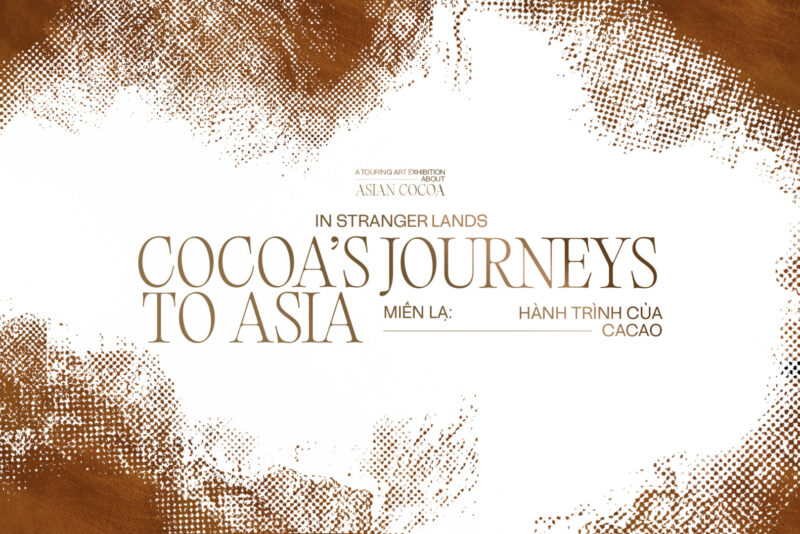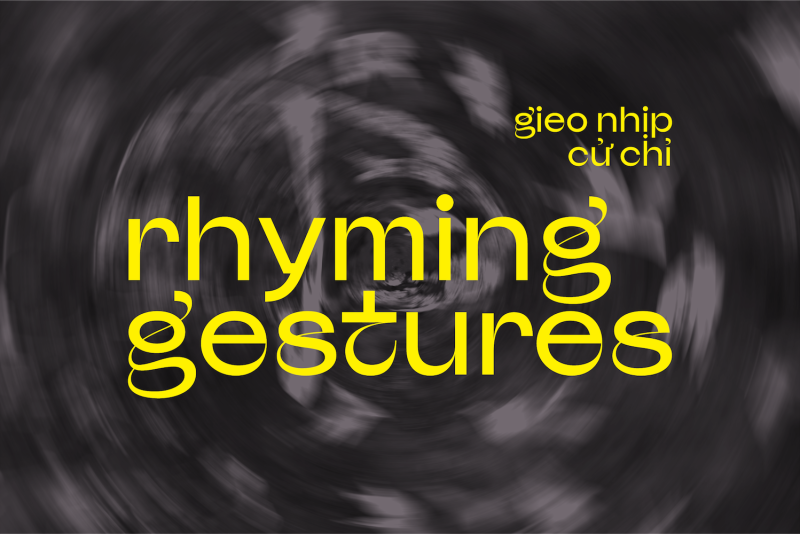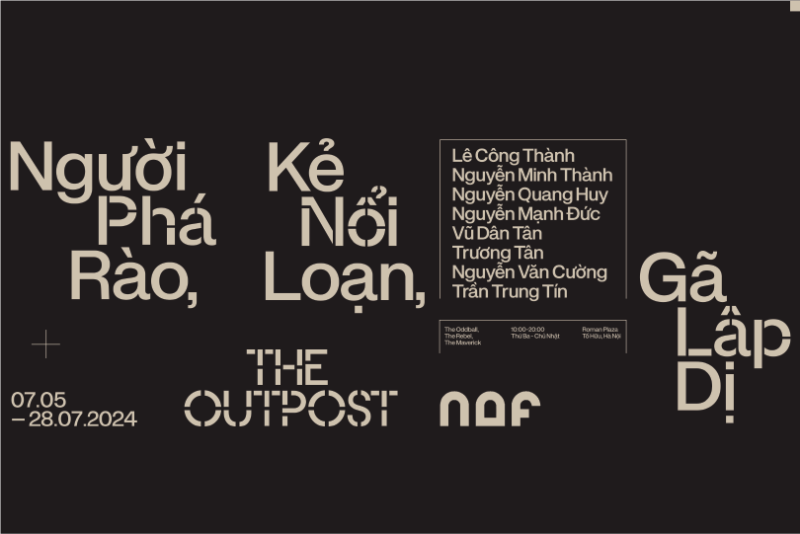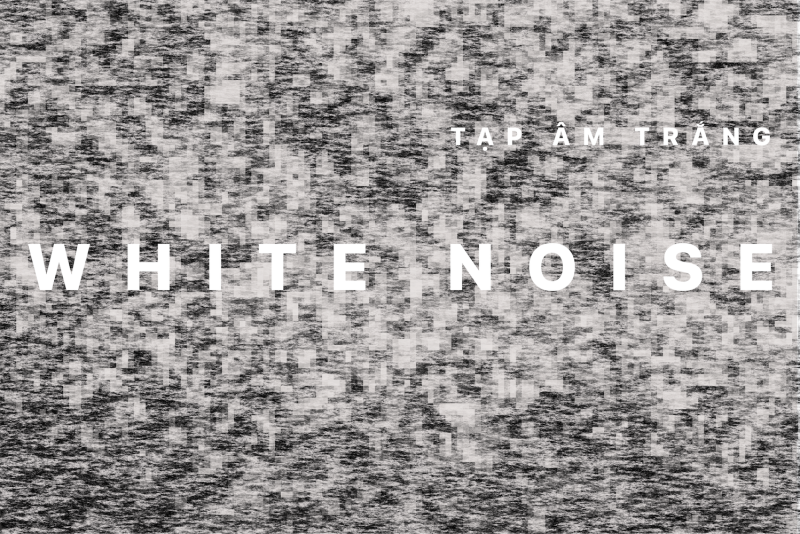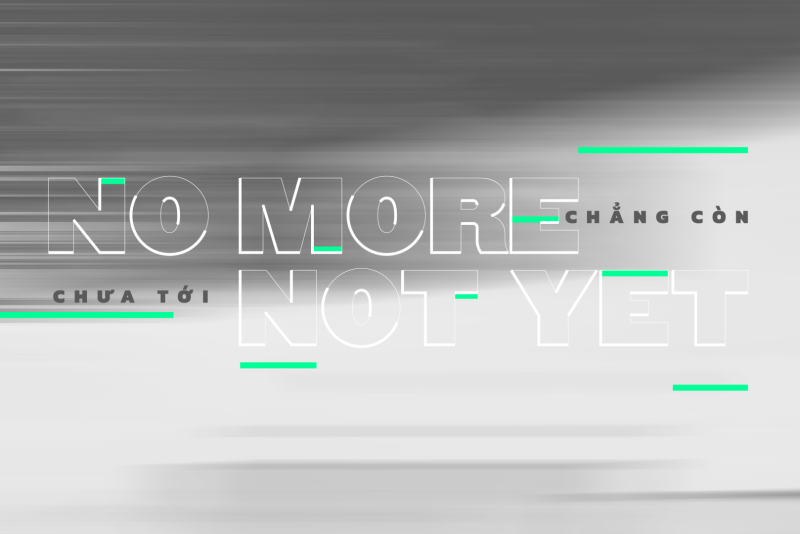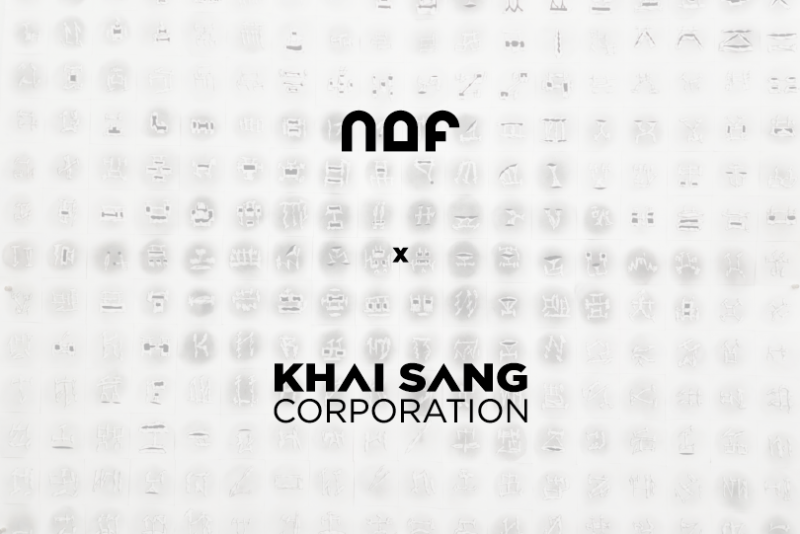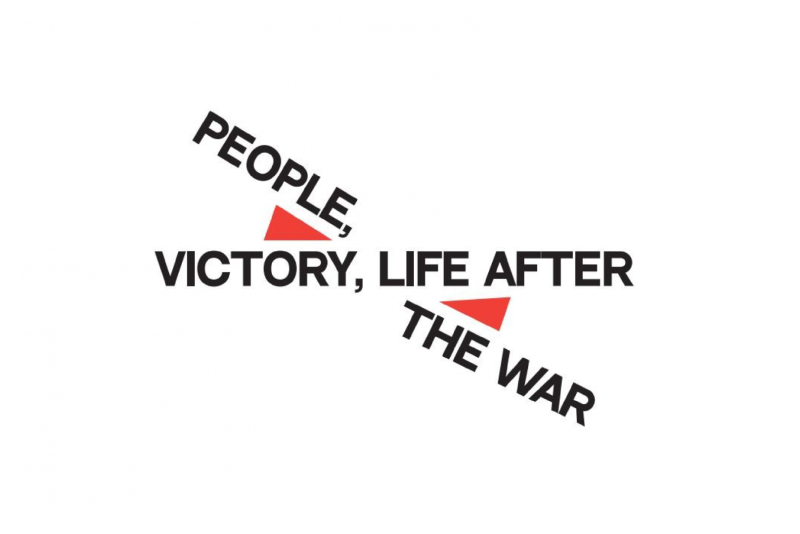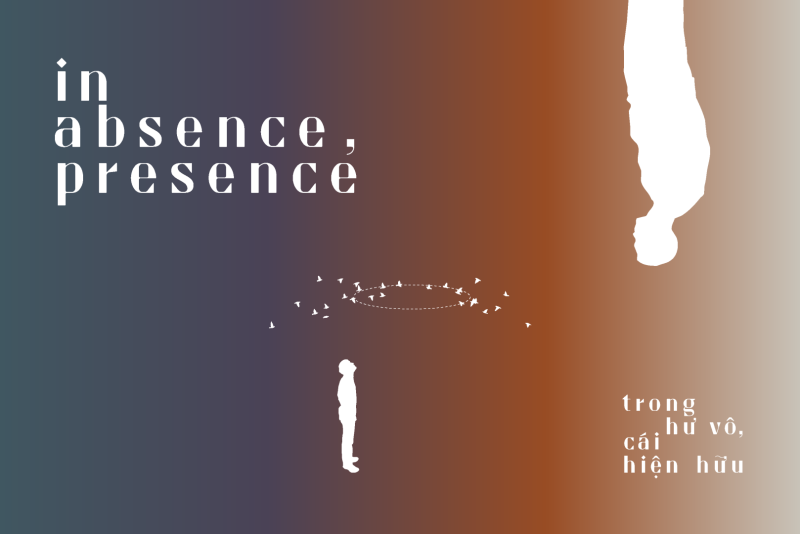IN STRANGER LANDS: COCOA’S JOURNEYS TO ASIA


Nguyen Art Foundation is delighted to present The year is XXXX, an exhibition featuring artists Quynh Dong, Nguyen Phuong Linh, Thao Nguyen Phan, and Danh Vo, curated by Thái Hà. The year is XXXX re–examines the travel writings of missionaries and explorers to Indochina and unearths the fictional complexities of their texts. In a new imagining of adventure, the works on display return the gaze to the lands travelled through. The artists’ absorbing installations centre the natural inhabitants of these geographies: the creatures and spirits that play, prey, haunt, and wither as the land is extracted and exploited.
The exhibition follows the adventures of a young girl who wakes and sleeps, and each time waking finds herself in a different stratum of reality. The exhibition essay, written under the guise of an adventure tale, borrows from the folklore traditions of East and Southeast Asia, as well as translations of giang hồ – 江湖 adventures – of outcast protagonists finding kinship among fellow exiles. Though seemingly innocuous, giang hồ fiction was crucial in helping Vietnamese intellectuals spread anti-colonial sentiments and revolutionary proposals for independence. Delving into the tropes of the genre, The year is XXXX explores how adventure is used to invent fantastical fictions of foreign lands, but also as a strategy of escape from colonial subjugation.
Alternating realities, our protagonist wakes up in Nguyen Phuong Linh’s maze of blinding light, the entry to her body of work titled Trùng mù – Endless, sightless. Deconstructing the materials and icons of the Vietnamese Central Highlands, Phuong Linh retraces the travels of bacteriologist and explorer Alexandre Yersin to the region, and delves into its current geopolitics. In colonial Indochina as in the present day, the exploitation of the Highlands is laid bare in exhibition rooms with their own microclimates, fog transitioning to the clinically white, whiteness to the black of rubber or the dead of night. Allusions to the landscape and its inhabitants exist only in literal fragments. Phuong Linh’s minimalist works are engrossed in the atmospheric, at times stifling installation. The fragments refuse to be pieced back together, yet still carry the spectre of their wholeness. In subtle yet significant appearances, the works of Thao Nguyen Phan and Danh Vo ground Phuong Linh’s installation in the perspective of strangers on foreign land. The protagonist and the viewer are lured into Phuong Linh’s entrancing landscape, only to be reminded that they can pass through but never stay.
Another jolt from slumber and our protagonist finds herself instead in Quynh Dong’s twisted utopias, titled Gently Floating Away. Presenting two full-size projections of her three-channel video works, the artist bootlegs the art of painters trained at l’École des Beaux-Arts de l’Indochine, recomposing them as moving images. In one work, giant, fluorescent lotuses stand static in the rain, plunging the viewer into a time-cancelled dimension. In another, Butoh dancers stand in for fish and sea waves, their uncanny movements and costumes disrupting the water’s fragile calm. The colloquial terminology of “chim, hoa, cá, gái” (birds, flowers, fish, women) refers to icons of Vietnamese art and, by extension, Vietnamese-ness. Endlessly rendered in artworks as in souvenirs, these state-approved emblems of beauty and national identity were originally produced by colonial state-trained painters, appealing to art collectors in the Métropole with a taste for Oriental exotica. If in Phuong Linh’s barren landscape, living beings lurk but never materialize, in Quynh Dong’s works, flora and fauna threaten to overwhelm. Through humorous and irreverent appropriations, the artist reworks these (self-)Orientalizing icons to make the exotic-turned-banal seem “exotic” anew. Yet in the strange logic and physics of her worlds, the exotic far from welcomes consumption. Dangerous lands present a dangerous front that travelers should rightfully heed.
In this adventure through layered realities, the young girl’s story is left open ended. With an exhibition room dedicated to guest curators, the various worlds she finds herself in are newly visualized through rotating displays of six weeks each. As the guest curators continue her adventures, The year is XXXX also navigates exhibition-making and exhibitions themselves as fluid and shifting processes. In a perpetual state of becoming, the exhibition eludes definition and precision. Through the girl’s adventures, the land reclaims its agency to exist and resist on its own terms, beyond the fictions of the traveler’s gaze.
Organizer
Educational Partner
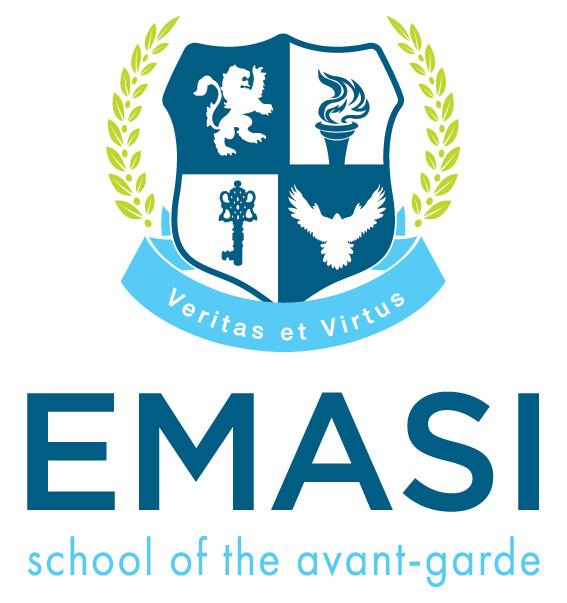
Organizational Partner

